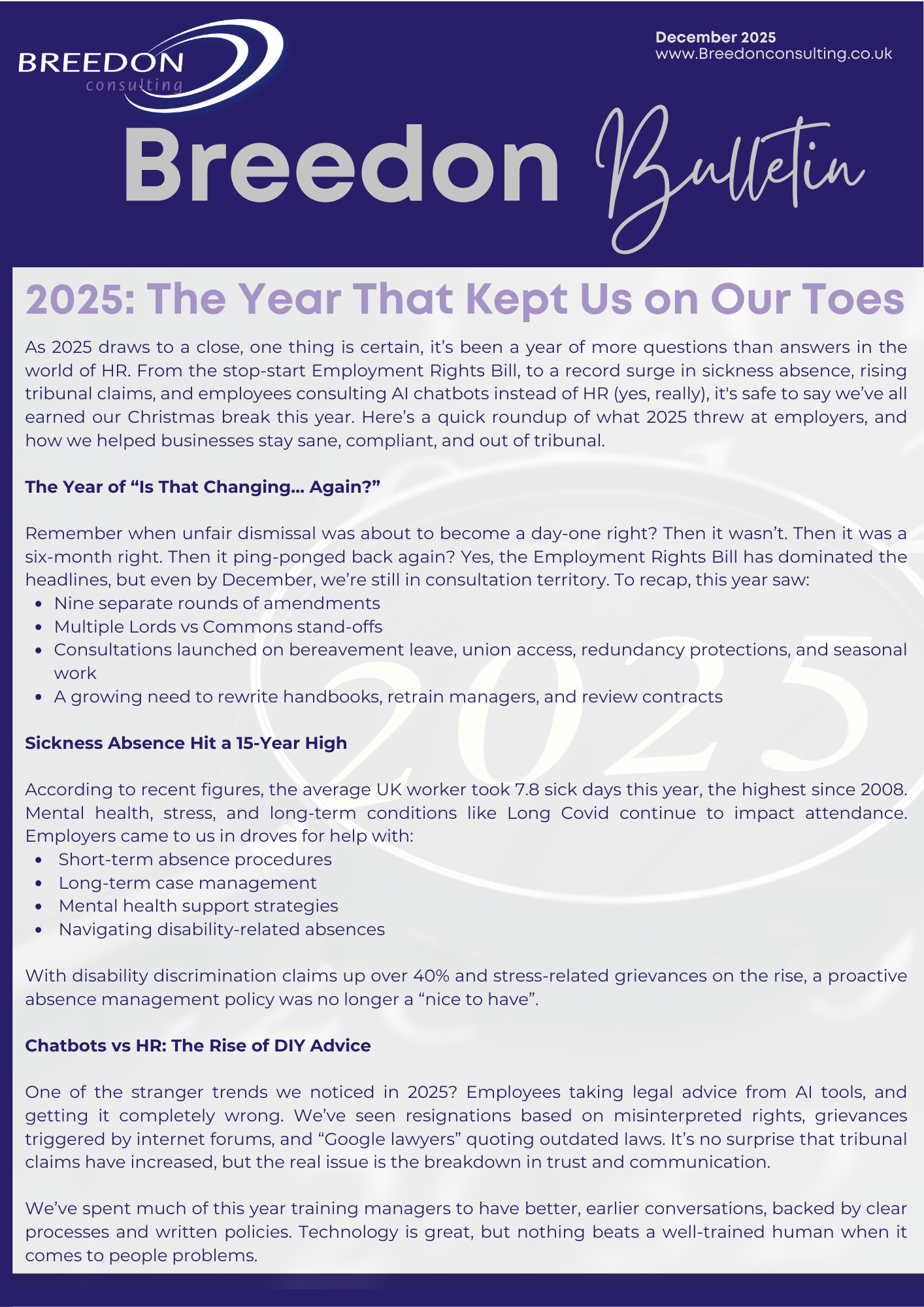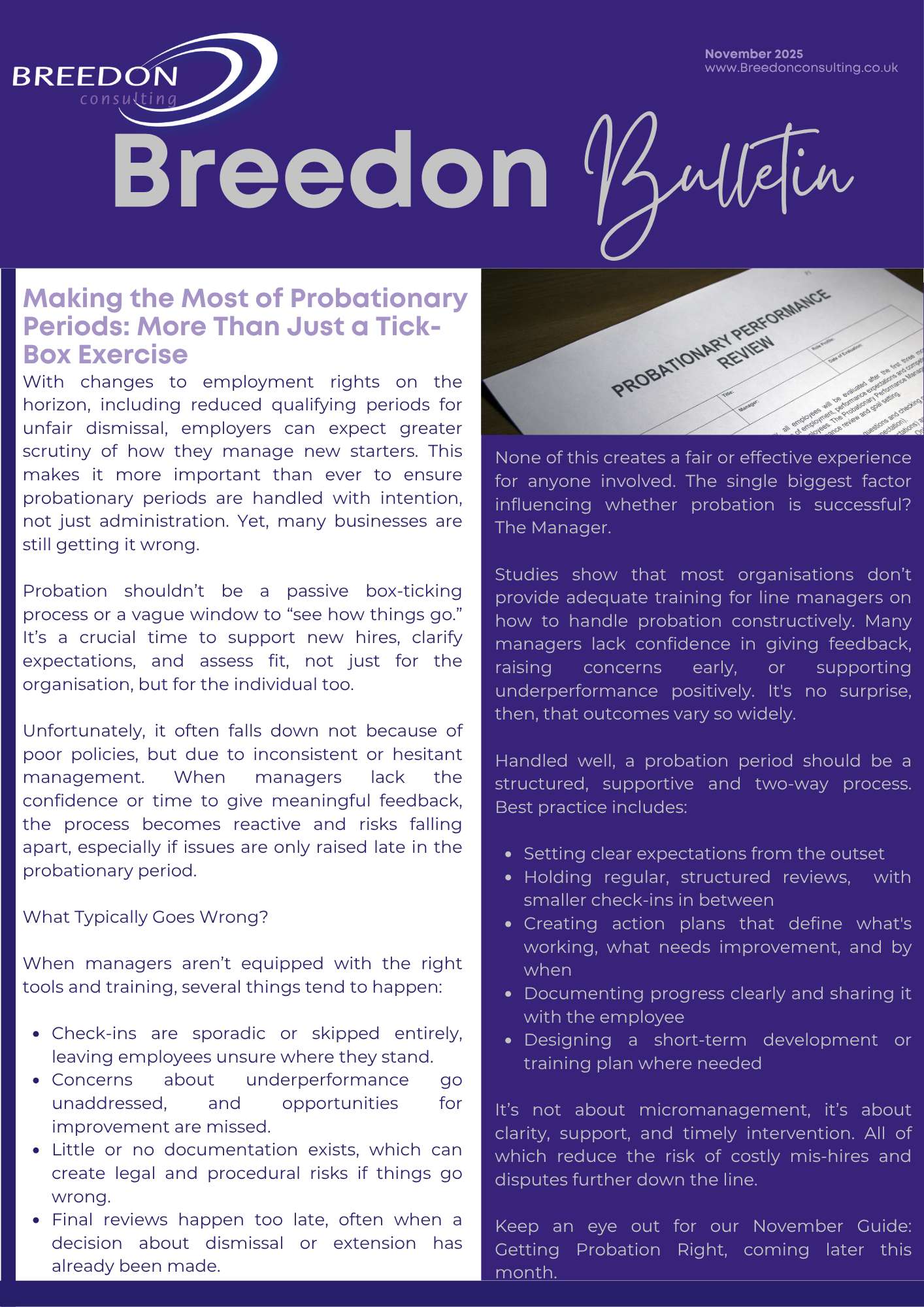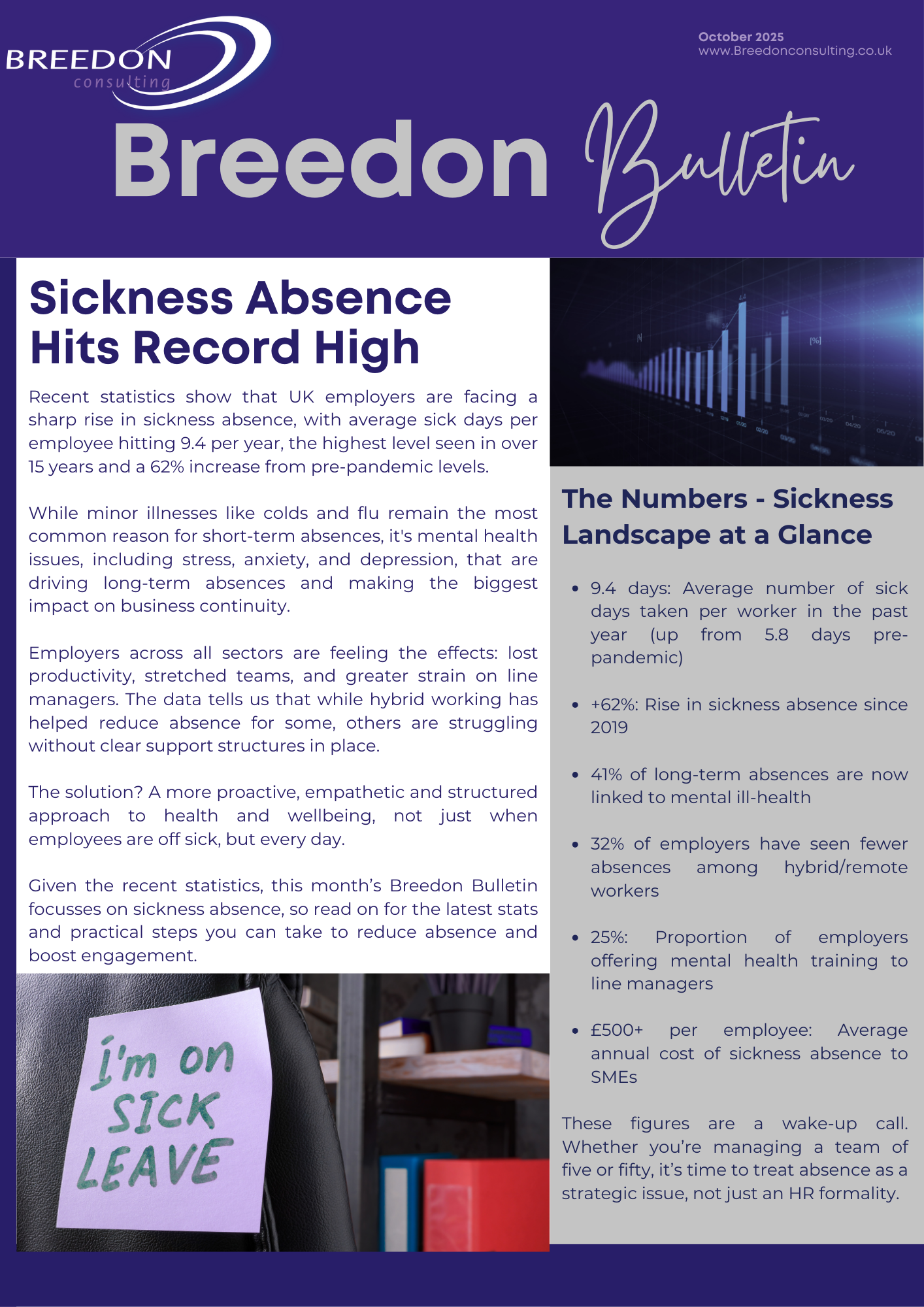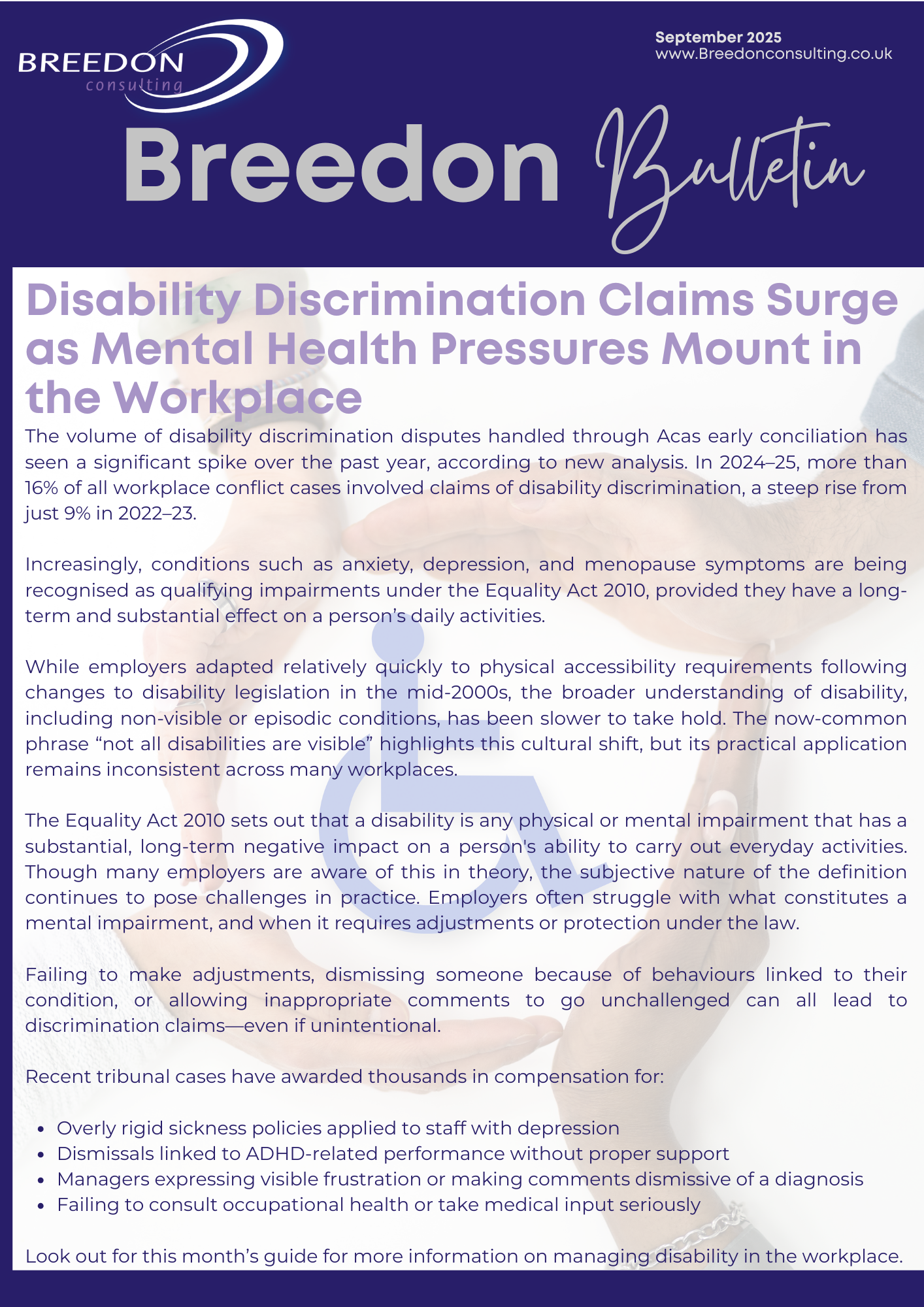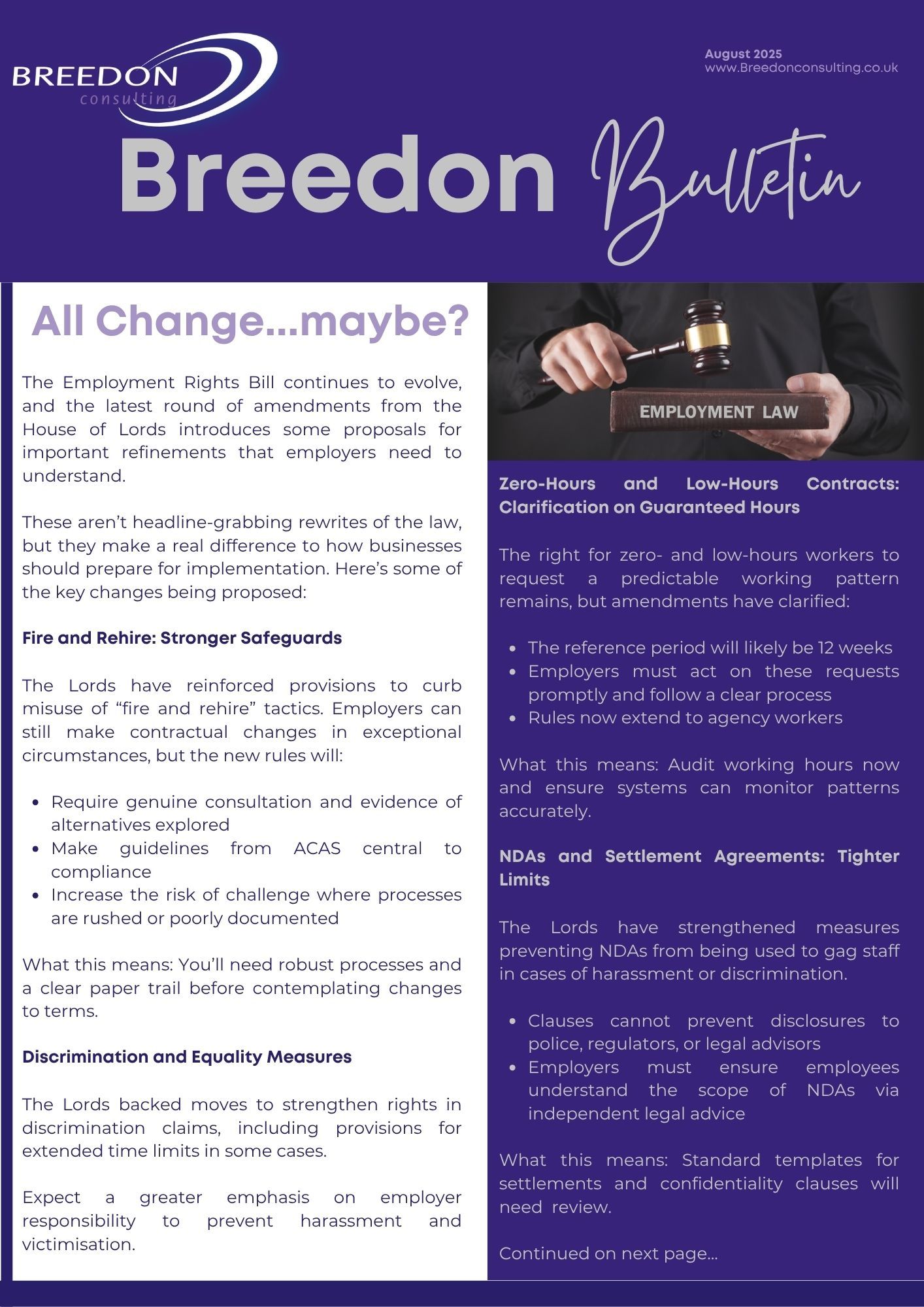Do you find others hard to read?
As I stared out of the window this morning after a zoom training session, it made me think on how difficult it can be to read others on Zoom/Facetime/Teams to name a few. This is normally a skill I pride myself on.
Working in learning and development for so long you pick up on people’s body language, how their writing notes down, eye contact, facial expressions etc. Every little facet combines to give me a viewpoint on whether something I am discussing is resonating or not. It allows me to change the way I’m delivering training or coaching. You can argue that I can still see the facial expressions which should give me a clue right…! Well I’ve found that’s not always the case. So, I find myself looking intently at the screen trying to not scare the participants!
For managers out there, this should be a little easier if you’ve been working with members of your team prior to lockdown but for those of you like me who may have only met people via zoom and only see the head and shoulders, here’s a little tip from our managers toolkit on Adaptability.
If you find it hard to read others, you need to pay attention to how they behave and tune in to what is going on inside. Pay close attention to what people say or do, where their focus is and what their style is. Everyone is different, so don’t try to fight their style but look and listen to cues and adapt your own style to suit.
Here are some questions you may want to keep in mind:
Are they passionate about something or do they emphasise certain things? Do they want detailed facts or are they better with high level concepts? Do you know what their profile is and consequently, have an idea of how they might react? Thinking about these aspects will put you in better control of the interaction and lead to better outcomes.
If you want to find out more on Adaptability or want to know more about our manager’s toolkit, call our office – 01530 447441 or email us – info@breedonconsulting.co.uk
